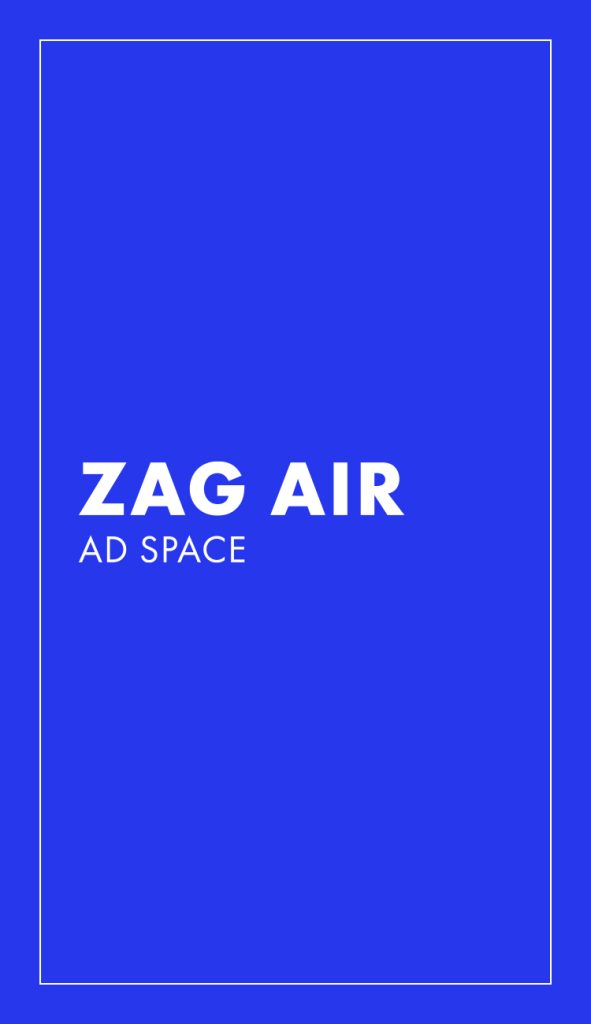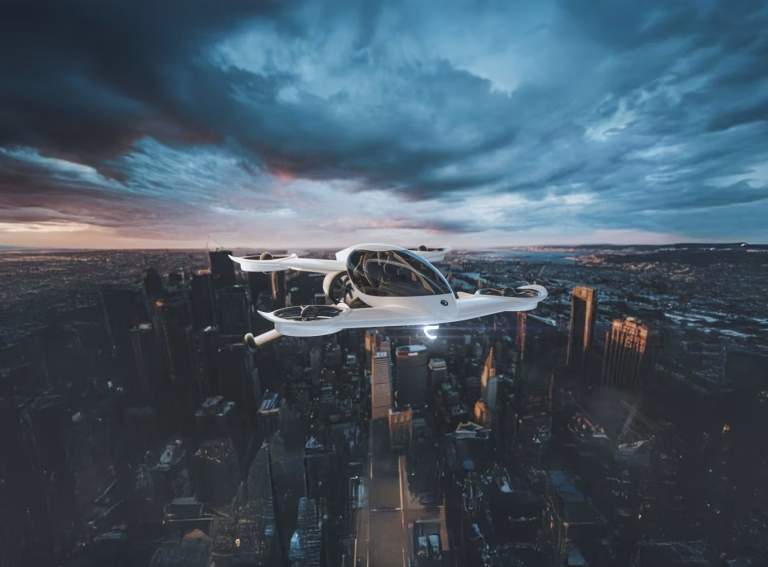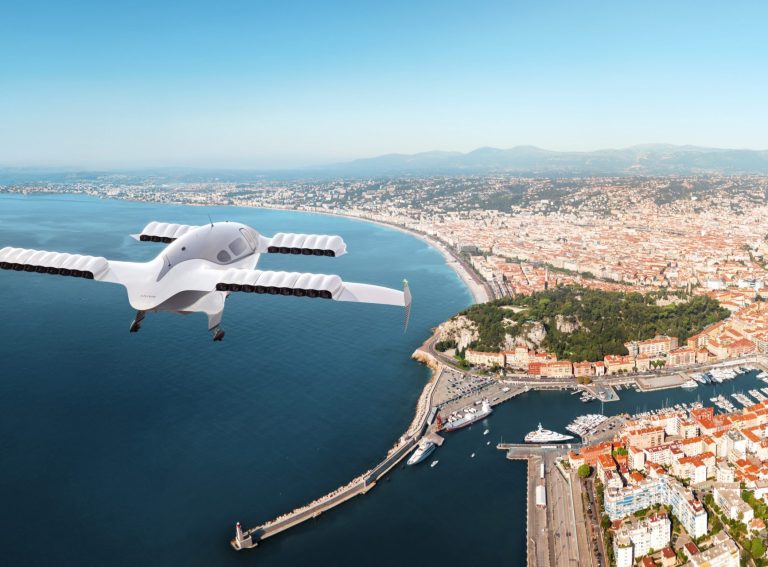London-based technology start-up PhysicsX has unveiled Ai.rplane, a free-to-use AI-driven engineering platform.
The software aims to transform the aerospace design process by enabling faster optimization and simulation of aircraft geometries while reducing reliance on resource-intensive traditional methods.
Ai.rplane’s debut includes both an on-stage presentation at re:Invent in Las Vegas and the release of accompanying academic papers. “This launch isn’t just about introducing a product – it’s about creating excitement, sharing a vision, and igniting conversations around the future of engineering,” explained Robin Tuluie, Co-founder of PhysicsX.
At the core of Ai.rplane is its ability to reduce the time needed for aerodynamic optimization by leveraging pre-trained AI models to streamline these processes.
“We’re absolutely shortening sections of the development process,” Tuluie said. “We take what is months of optimization and do it in a day. That’s great – we’ve saved a lot of time – but the whole development process doesn’t shrink, because there’s still other things that happen in parallel, which go slow.”
The broader ambition is to integrate this technology across multiple aspects of aircraft design, from wings to landing gear and fuselage, to address bottlenecks comprehensively.
Key computational techniques
Ai.rplane operates through a two-stage AI architecture:
- Geometrical Encoding: The platform uses a deep learning model trained on over 25 million geometries, compressing complex 3D meshes into latent vectors – a simplified mathematical representation of shapes. “Those 1,000 numbers represent a geometry, and if I just change one number, I get a somewhat different geometry,” explained Tuluie. This allows designers to explore a wide range of aerodynamic forms efficiently.
- Physics Prediction: The software predicts aerodynamic behaviors such as lift, drag, and stability using large-scale physics models trained on tens of thousands of computational fluid dynamics (CFD) simulations. These simulations encompass a diverse range of flying objects, enabling rapid analysis of novel designs.
Tuluie added: “We can take any vector and immediately go to lift, drag, stability, pressure distribution. It gives you a glimpse of how this might work, and it’s a very democratic thing. You don’t have to be that expert labouring away on number crunching and turbulence model crunching and mesh engineering.”
Incorporating AI into eVTOL
The platform is designed to offer value across the aerospace sector but could be especially beneficial for startups with limited resources. Tuluie highlighted its potential for eVTOL companies. “If you’re a startup and you have a small team trying to do simulation work on your eVTOL, it takes a while to build those simulation models. With Ai.rplane, you can put in a geometry, change the wing shape, adjust the fuselage, and see the results immediately. It takes the pressure off needing to have a large team of experts.”
PhysicsX has incorporated Siemens’ simulation tools, such as CFD and finite element analysis (FEA), to train Ai.rplane’s physics models.
Currently, Ai.rplane focuses on optimizing outer geometries and basic aerodynamic performance. It can suggest modifications to airframe stiffness and structural thickness but does not yet encompass internal systems such as powertrains or control systems.
“There’s still so much more content we have to build into this,” Tuluie said. “Right now, we can predict volume, but how do you package a particular cargo or a car or an elephant? This is just the beginning of it.”
PhysicsX envisions future expansions to include complete aircraft designs, from propulsion systems to cargo configurations.
Elaborating on how companies will integrate the platform into their systems, Tuluie said: “Typically, we do something first, together with a customer – solve a problem they haven’t been able to solve before or shorten the time it takes. Once they see the value, we deploy the platform, either on our cloud account or their private account.”




